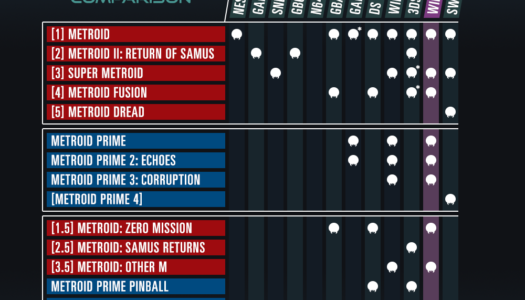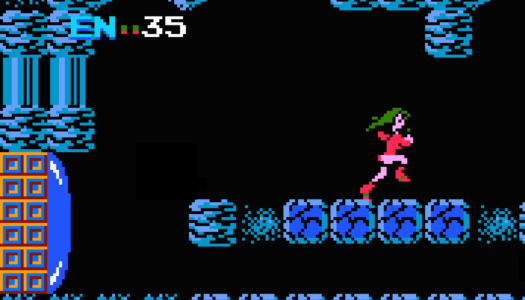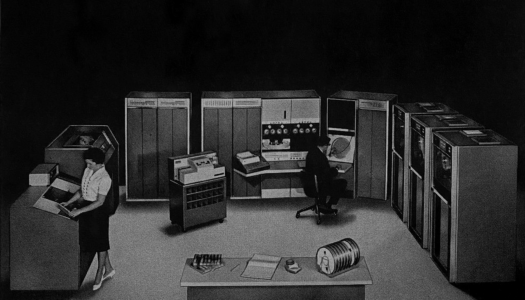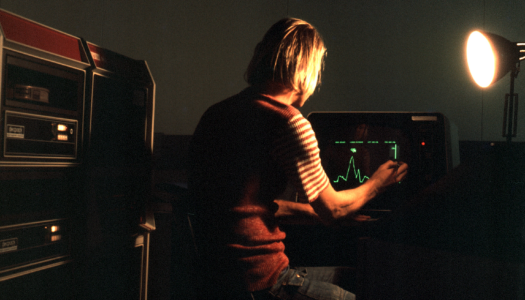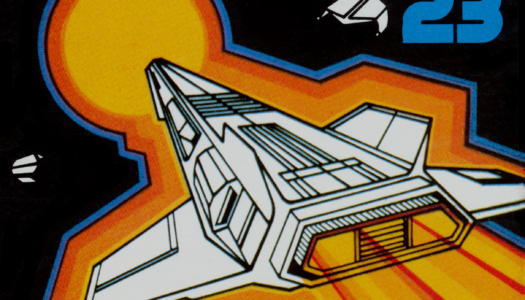Raskulls

Publisher: Microsoft Game Studios / Developer: Halfbrick Studios / Platform: XBLA
Raskulls, one of the three arcade games headlining Xbox Live’s big holiday sale/celebration thingy, was something I had no knowledge of until watching the trailer announcing the event. The special thing about the three games (A World of Keflings, Raskulls and Ilomilo) is that they would all come with the ability to unlock the characters from each of the games as cameos within each other. Raskulls looked, from the trailer at least, like a 2D platforming/racing game, something that immediately grabbed my interest.
Weeks later, when A World of Keflings was released, people found out that you could access the other two holiday games through a menu in the full version of Keflings. I was interested, but I wasn’t about to buy a game I wasn’t even interested in to buy another game I knew next to nothing about. Later, however, it was found out that if someone bought Raskulls through the full version of Keflings, he or she could invite others into a Raskulls multiplayer match. If they didn’t have a copy of the game, they would be brought to the download screen for Raskulls, with one catch: You couldn’t access the demo. I bought it anyway. Was it worth it? Well, bought a week in advance and reviewed almost a week after release (what can you do), let’s find out.
Right from Raskulls’ start menu I was greeted with bright, cheery colors, and a bouncing, happy soundtrack. “This is a kids’ game,” I thought to myself. “What am I doing?” However much to my surprise, despite the kid-friendly art style and easy-to-learn controls, developer Halfbrick put enough effort in to ensure people of all ages could enjoy Raskulls. Raskulls’ story mode, or “Mega Quest”, is told through animated cutscenes. The story revolves around the Raskulls’ (why there is a kingdom of sentient skeletons is never explained) “shiny stone”, which the Pirats (pirate rats, not a misspelling) stole in order to power their Pirat ship after it crash landed. Why the shiny stone? Well, as the game put it, because it’s important to the plot! Raskulls is full of fourth wall breaking self-aware humor that actually had me laughing out loud from time to time. The writing is very witty at times, and the cutscenes are all very enjoyable.
The gameplay itself is very simple at heart, but the levels later on become surprisingly challenging. The Raskulls control like any other platformer – the left stick controlling movement and the A button used for jumping – however with a few additions. In some areas of the levels players will find colored blocks. By pressing the X button your character swings a wand forward and disintegrates whatever block is in front of it (or above, or below, depending on the direction pressed). If the block you destroyed is touching other blocks of the same color, those blocks will be destroyed as well, and any blocks above it will fall down, much like a puzzle game. This allows for an interesting bit of strategy for the racing portions, as you can destroy a large block and run underneath just in time, while any unlucky opponents behind you might get crushed by the falling blocks overhead. In addition to this there is a “boost” you can use by gaining energy dropped from destroyed blocks, as well as opening up presents strewn about the levels to gain a random powerup, a la Mario Kart.
While the racing portion of the game is the most prominent, the “Mega Quest” mode does change gears quite a few times by adding different objectives into the levels such as trying to bring a specific block down to ground level without having it fall more than three spaces at a time, or getting to the exit of the level by only breaking a specific amount of blocks. Missions like these that add more of a puzzle element to Raskulls do a good job of breaking up the repetition; however it is unfortunate that the puzzle aspects do not stick around for too long.
Despite having a fair amount of bonus missions and unlockable characters, Raskulls’ Mega Quest does not last very long. Most players will probably finish the main part of the Quest in only a few hours, leaving only a handful of (rather challenging) bonus missions. Outside Mega Quest players can participate in a Grand Prix against Ai-controlled players (which unlocks a fourth level set that can also be used in multiplayer), as well as play with up to three other people, either splitscreen or online.
At the time of writing this review, joining a multiplayer game isn’t impossible but still takes awhile, especially if you’re looking for a full game. This is a bit of a disappointment because Raskulls’ multiplayer is extremely frantic and is set up perfectly to allow last-minute comebacks and split-second victories; however this is really more dependent on the community itself rather than Halfbrick. My only problem with the multiplayer is it only features 12 1-lap courses, each of which can be completed in a matter of seconds. Some longer levels, or at least multi-lap circuits, would have really been nice. Another small gripe I had with the game overall was about the unlockable characters. There is a fair amount of them, however aside from physical appearance they all play exactly the same. This makes game balance a lot easier, but I would’ve liked to at least have seen small differences with how each character plays.
In all Raskulls is an enjoyable little game with an engaging, however short, singleplayer and a kickass multiplayer. What Raskulls does, it does right. It just has so much untapped potential and leaves you wanting more at the end, and although the multiplayer is always there, there just isn’t enough to keep it from eventually getting old.











